Every team has at least one player or manager who will go down in history as ‘most hated,’ but what happens if a franchise has five? If you dig deep enough, you could fill a book with players that you personally disliked, but there are some who are widely remembered for the wrong reasons.
Whether it be due to poor on-ice performance, bad attitude, nasty hits or being grossly egotistical, there are some current and former Vancouver Canucks that fans would have sent to the gallows given the opportunity.
#5 – John Tortorella
No, he wasn’t a player for the franchise, but he left a sour taste in the mouths of the Canucks faithful with some of his ridiculous expectations and rules.
After coaching the Tampa Bay Lightning to a Stanley Cup victory over the Calgary Flames in 2003-04, Tortorella struggled to keep the team in a winning position after the 2004-05 NHL lockout, with back-to-back first-round exits in the 2006 and 2007 Playoffs. In 2006-07, the Lightning missed the playoffs altogether, and Tortorella was fired.
By now, he had fostered a reputation for being hard-nosed, aggressive and short-tempered with ‘stupid’ questions from reporters. He even ended up with his own ‘TSN Top 10’ moments that highlighted his blunt and expletive-laden post-game interviews.
Tortorella, or ‘Torts,’ was the type of guy you either loved or hated. Depending on whether or not he had coached your team to glory or disaster, you might think he’s hilarious. In 2013-14, he became the coach of the Canucks following the exit of Alain Vigneault, the winningest coach in franchise history.
The hope was that Tortorella’s tough love mentality would help make the team more formidable to play against, but his coaching style was disastrous and did not complement the playing styles of star players like Henrik and Daniel Sedin, Alex Burrows, or Ryan Kesler.
In fact, his excessively aggressive coaching methodology resulted in injuries and poor production from the team’s top players. With an extremely heavy focus on blocking shots, killing penalties and using players in illogical situations, we saw the Sedins blocking shots and playing on the penalty kill as if they weren’t concurrently the faces of the franchise.
This blatant misuse of the Canucks’ star power had fans livid. In his first and only season with the Canucks, Tortorella had zero players dress for all 82 games. Due to injury, the most games played that season was 81, and that was by defender Jason Garrison.
Burrows was limited to 49 games in 2013-14 after sustaining a foot injury while blocking a shot on the penalty kill. The prolific Sedin twins missed a combined 21 games due to injury as well.
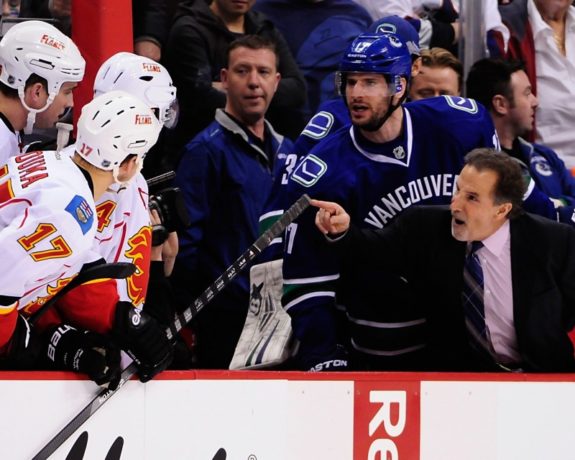
The most memorable display of passion from his lone season with the team was when he barreled down the Flames’ hallway to their dressing room, seeking a fight with then-head coach Bob Hartley. He had to be physically restrained.
He will also be remembered for screaming at Canucks winger David Booth for being late to a meeting. Torts ripped into the former Florida Panther for being tardy, but Booth had shown up five minutes prior to the meeting and Tortorella had not seen him arrive. Other players were astounded when a shouting match broke out between the two.
Tortorella went on to find success with the Columbus Blue Jackets, winning the Jack Adams Trophy as the NHL’s best coach in 2016-17.
All we can say is that we’re glad his time with the Canucks only lasted one season.
#4 – Loui Eriksson
This one is a little less personal. Its typical for a player to come to a new city and new team and under-perform.
Such was the case with former 30-goal scorer Loui Eriksson.
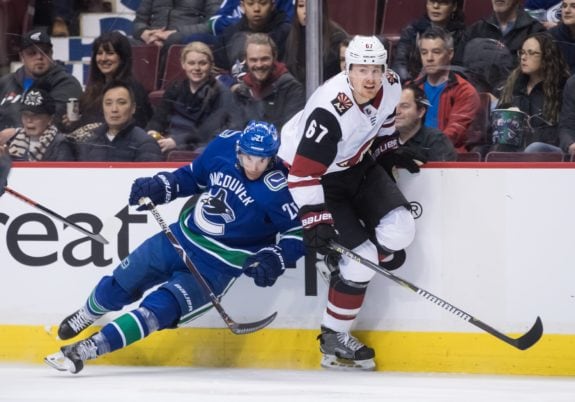
When the Swede joined the Canucks through free agency in the offseason before the 2016-17 season, there were mixed emotions surrounding his six-year, $36 million contract. The term, the cash value, the projected dip in production, the age, all factors that affected how fans felt about the signing.
They weren’t wrong. After three seasons, the former Boston Bruin and Dallas Star has put up third-line numbers at best, notching 76 points in 196 games. He is also the highest paid player in the Canucks organization.
After a disappointing debut, in which the Gothenburg native scored on his own net, the rest of his games followed suit, with Eriksson rarely flexing his scoring muscles and looking rather listless on the ice.
The 6-foot-2 winger has managed to place blame on his coaches while simultaneously avoiding contact with general manager Jim Benning and has only recently made contact with the Canucks’ front office through his agent.
In May 2019, Eriksson spoke to Swedish media while he was playing for Team Sweden in international play, citing head coach Travis Green’s lack of faith in him as a contributor to his lack of success in Vancouver. He insisted he could still be a good NHL player and that his minutes being reduced season by season had affected him negatively.

Most, if not all fans, want Eriksson out of Vancouver. However, if the Canucks can’t find a trading partner before the puck drops in October, we might have to grit our teeth through another season of ‘Little Things’ Loui Eriksson killing penalties and looking rather invisible at even strength on that fourth line.
#3 – Todd Bertuzzi
Read this carefully.
Todd Bertuzzi was an exceptional force for the Canucks during his tenure with the team. He was an important part of the effervescent ‘West Coast Express’ line when he played alongside Canucks’ fan favourites Markus Näslund and Brendan Morrison. The three combined to become arguably the most prolific scoring line in the NHL between 2002-03 and 2005-06.
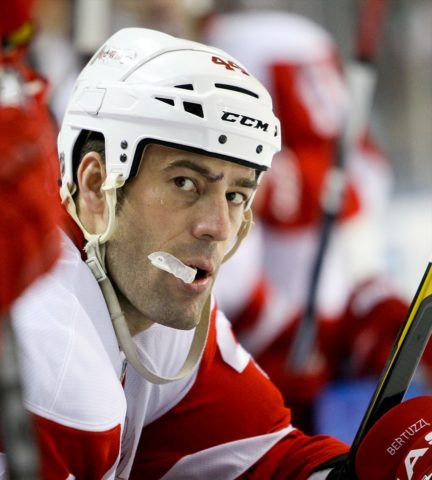
With Morrison and Näslund capable of effortlessly putting the puck in the net and Big Burt also able to contribute some goals, the line was perfectly balanced with grit, tenacity and scoring prowess.
Bertuzzi was the true embodiment of fear in the NHL. At 6-foot-3 and 229 pounds, he was the last player you wanted to see coming your way at full speed when you lifted your head up to make a play along the boards.
Known as an enforcer for his protection of captain Näslund, he was also a fantastic goal scorer for multiple seasons, scoring 174 goals with the Canucks between 1999-2000 and 2005-06.
The Sudbury Ontario native didn’t fall out of favour with fans until the infamous Steve Moore incident in March of 2004.
In a game between the Canucks and the Colorado Avalanche on Mar. 8 in Vancouver, all hell broke loose as the Canucks enforcer sought revenge on Avalanche player Steve Moore, for a hit to Näslund’s head in a matchup on Feb. 16 that left the Canucks’ captain concussed. Näslund required 13 stitches and missed three games as a result.
The assault took place after Moore finished serving a five-minute penalty for dropping the gloves with Canucks winger Matt Cook, who goaded Moore into answering the bell for his previous hit on Näslund. The score seemed to have been settled, but Bertuzzi had other plans, that would cost a player his career.
Bertuzzi stalked Moore around the ice in an eery, predatory way before grabbing him by the jersey and delivering a heavy punch to the side of Moore’s head, collapsing them both to the ice. Players from both teams piled on top of the two, crushing the motionless Moore under a mass of bodies. Moore suffered three broken vertebrae and a concussion.
Moore never played another NHL game while Bertuzzi went on to play in more than 500 NHL games after serving a suspension from the NHL that, including the 2004-05 lockout, totalled 17 months. The ensuing lawsuit and criminal implications haunted Bertuzzi and Canucks fans for years.
In 2014, Moore and Bertuzzi had reportedly come to an out-of-court agreement. By that time, Moore was seeking $68 million in damages. Keep in mind, Moore was 25 years old at the time of the incident and would never have accumulated career earnings in the ballpark of that figure.
Bertuzzi quoted then Canucks head coach Mark Crawford as saying Moore must “pay the price” in the team’s dressing room, obviously referring to the rookie’s hit on the Canucks’ captain in their last matchup.
Even though he was an important part of the culture in Vancouver in the early 2000s, his actions that day were unforgivable from any standpoint and should serve as a lesson to other players.
#2 – Mike Keenan
An experienced coach who found success with the Philadelphia Flyers, Chicago Blackhawks and the New York Rangers early in his career, the well-traveled Bowmanville, Ontario native joined the Canucks as head coach prior to the 1997-98 season, just two weeks after Pat Quinn was fired.
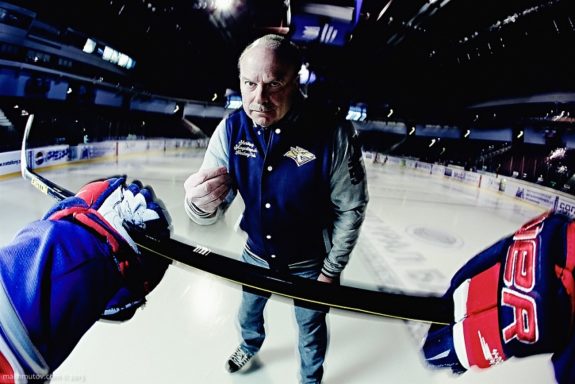
Keenan had a strong bond with then Canucks captain, Mark Messier, who he had previously coached to a Stanley Cup in 1994. Many Canucks fans saw Messier as the biggest reason for Keenan’s hiring.
As it turned out, Messier had a lot of pull and somehow convinced management to bring him in because he liked Keenan.
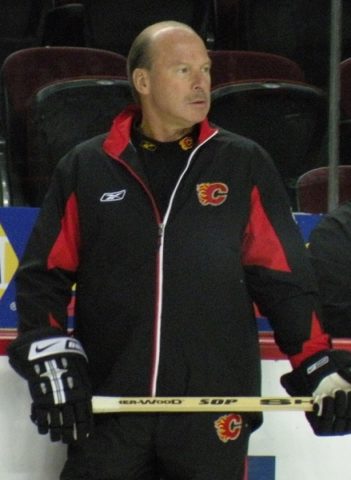
Fans were reasonably apprehensive about the former Adams winner taking the reins of the team, as he had done such a poor job with the St. Louis Blues as general manager and coach that he alienated everyone in Missouri, including Wayne Gretzky, who left the Blues mere months before Keenan was fired.
During his time on the west coast, Keenan oversaw the trading of fan favourites like Kirk McLean, Gino Odjick, Martin Gelinas, Dave Babych and the esteemed Trevor Linden.
Keenan, along with Messier, successfully dismantled the perennial playoff contender in the blink of an eye, all but guaranteeing that Keenan would go down in history as the worst and most hated Canucks coach of all time. This era marked what could arguably be dubbed the darkest period in Canucks history.
#1 – Mark Messier
No surprise here. This is where we touch on ego, poor on-ice performance and gross overpayment in one fell swoop. The Rangers star came over in the summer of 1997. The Edmonton, Alberta native ranks third all-time on the NHL scoring list behind only Jaromir Jagr and Gretzky.
You’d think that would mean Canucks fans were happy to see him arrive in Vancouver, wouldn’t you? Well, you’d be wrong. From the moment he signed his hilarious, handwritten contract to the moment he left Vancouver, fans were opposed to the former Conn Smythe and Hart Memorial Trophy winner.
The ‘C’
First order of business: The captaincy. When Messier arrived, Trevor Linden was still the team’s captain. Linden, the cherished Medicine Hat, Alberta native, stepped down as the club’s leader upon Messier’s arrival, before being shipped off to the New York Islanders in a trade that brought Bertuzzi to Vancouver.
Fans were obviously livid that their beloved Linden had been treated like a lesser player despite leading the Canucks to the 1994 Stanley Cup Final just three seasons prior. He was the heart and soul of the squad for years. Messier may have donned the ‘C’ on his jersey, but he couldn’t fill the Linden-shaped hole in the hearts of fans.
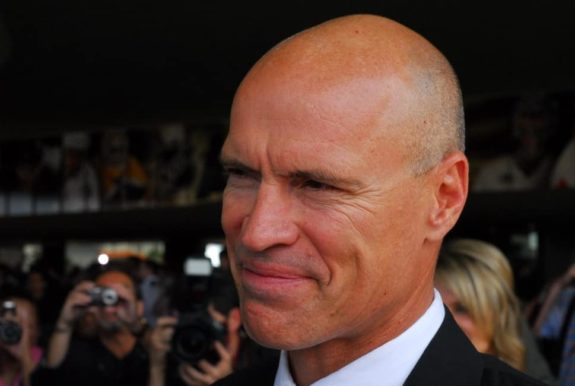
Retired Number No More
Messier was also able to wear #11, which had belonged to former Canucks winger Wayne Maki, who was loved by fans in the early 1970s before he succumbed to brain cancer in 1974. His number wasn’t worn by another player for over two decades- an informal retirement to pay homage to the Ontario native. (from, ‘Perks and promises in Mark Messier’s handwritten Canucks contract,’ The Province, 11/10/2017)
This number was, of course, brought back just for Messier, who demanded to wear it. Maki’s family was unhappy about this, as they had not given the Canucks organization support to do so.
Pat Quinn Gets the Boot
Not only did Messier post lower-than-usual point totals during his tenure with the Canucks, but the club missed the playoffs in each of the three seasons Messier wore a Canucks jersey.
The team’s inability to reach the postseason meant it was time for beloved general manager Pat Quinn to pack his bags. Whether or not Quinn was really to blame is up to the fans.
One of the most bold and respected men ever to work with the organization was let go because Messier failed to elevate the team. It seemed that Quinn had done everything in his power to make Messier’s time with the Canucks as comfortable as possible, but he still lost his job. Many fans concluded that Messier was solely interested in collecting his money and not playing great hockey.
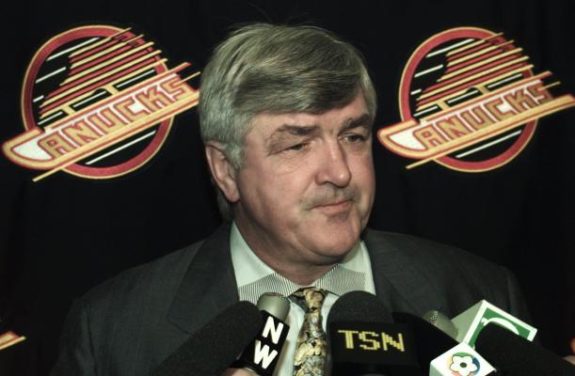
The legendary Quinn passed away in 2014. His passing took a small piece of every hockey fan with him.
Money Hungry Mark
When the Canucks bought out the final two years of Messier’s, five-year, $30 million contract, fans breathed a sigh of relief. The messy Messier days in Vancouver were over.
Well, not exactly. Messier, who didn’t have enough money as it was, filed a grievance against the Canucks, claiming that he was owed money after the team exercised a buyout option in 1999-2000 after the conclusion of the season.
The buyout cost Canucks ownership $2 million. The former Canuck was awarded $6 million in an arbitration case that wasn’t settled until 2012.
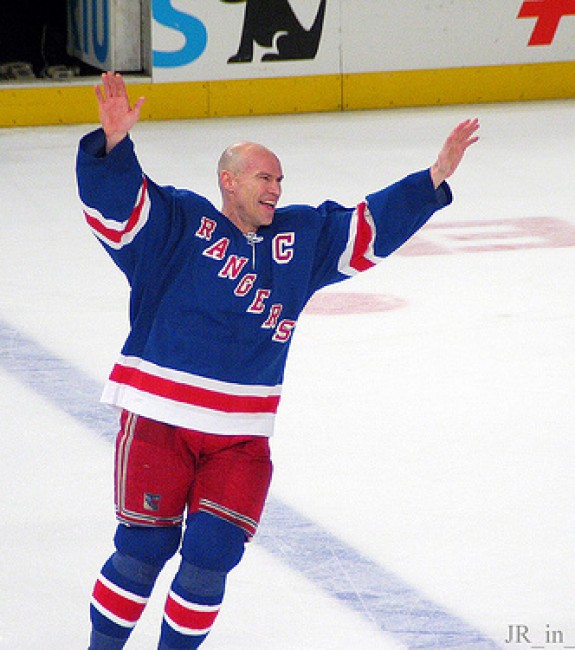
Messier was awarded the money due to a clause in his contract that indicated that he would be compensated if the value of the franchise increased over the life of his contract. The contract was supposed to run through 2002.
Messier will go down in Canucks history as the most hated player ever to don the orca.
A Difficult Lesson to Learn
Despite any minor successes that emanated from the above names, they have all solidified themselves as players and coaches who Canucks fans love to hate. Most, if not all of them, have secured a place in the archives of Vancouver hockey history, but for all the wrong reasons.
It serves to show that no matter who you are or what your accolades may be, success does not always follow you on new endeavours, and it isn’t difficult to wear out your welcome when you step on the toes of an impassioned fanbase like the one the people have fostered in Vancouver.